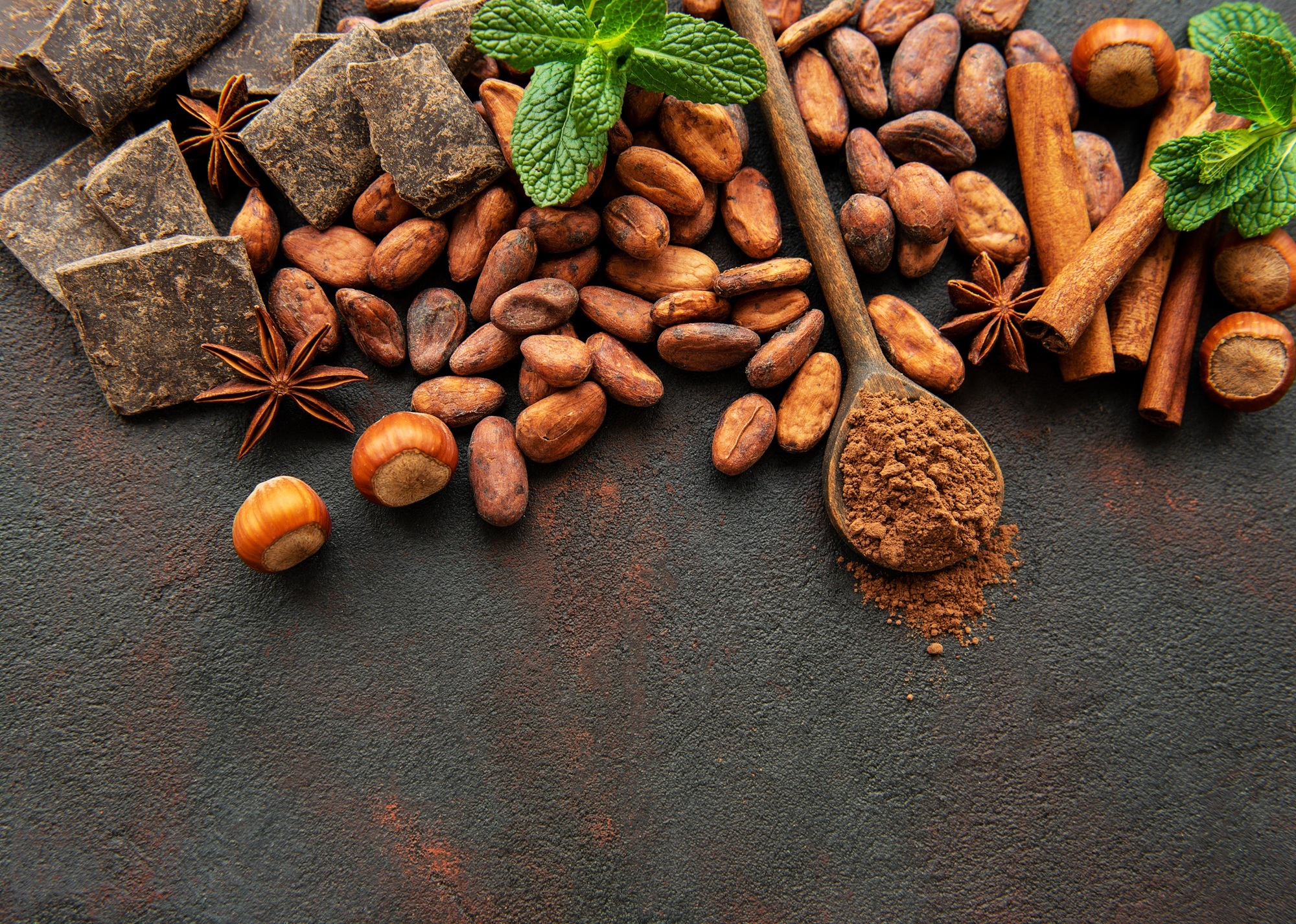Why Cocoa Prices Are Surging and How Compound Chocolate Could Be the Solution

The chocolate industry is facing an unprecedented challenge: cocoa prices have soared to record highs, reaching levels not seen in over 60 years. For food manufacturers, this creates real concern—not just for today, but for long-term profitability and operational planning.
But here’s the good news: one simple change could help manufacturers weather this storm without sacrificing product quality—and it's already being used by brands worldwide. Curious? Read on and discover how compound chocolate could be the key to protecting your margins.
What’s Behind the Cocoa Price Surge?
There’s no single reason for the rise—it's a perfect storm of factors:
- Extreme weather in key cocoa-growing regions like West Africa is reducing yields.
- Speculators in the commodity markets are pushing prices even higher.
- New sustainability regulations—such as the European Union Deforestation Regulation (EUDR)—are limiting how much land can be used for cocoa farming, capping future supply growth.
These pressures are driving up the cost of cocoa beans, which in turn affects the price of chocolate and its derivatives like cocoa butter, liquor, and powder. For manufacturers, the challenge is clear: how do you protect margins and stay competitive when raw material costs keep climbing?
Who Is Most Impacted?
Brands that produce chocolate confectionery products where chocolate is the main ingredient—such as chocolate bars and premium baked goods—are feeling the squeeze most. Even manufacturers of biscuits, wafers, and snacks where chocolate plays a secondary role are exploring ways to manage rising costs.
Many businesses are already:
- Reviewing alternative chocolate formulations, such as switching to compound chocolate where suitable, which offers a more stable and cost-effective option.
- Exploring portion control or recipe adjustments that reduce reliance on expensive ingredients.
- Strengthening supply chain relationships and investigating new sourcing models.
Compound chocolate, in particular, has emerged as a practical solution for many manufacturers. Using vegetable fats instead of cocoa butter, it offers greater price stability while still delivering the desired taste and texture for many applications. While cocoa bean prices continue to surge, compound chocolate stands out as a viable and timely solution to help manufacturers manage costs without compromising product appeal.
If you’re wondering whether compound chocolate could work for your products, especially as cocoa bean prices continue to surge, we’ve created a comprehensive guide that dives deeper into this solution and more, highlighting how it can help safeguard your business against market volatility.
Get the Full Insights: Download the Free eBook
👉 Download our free eBook: The Cocoa Price Surge: How to Protect Margins and Stay Competitive
Discover:
- The key drivers behind rising cocoa prices.
- How different chocolate types are impacted.
- Actionable solutions to safeguard profitability—including when and how to use compound chocolate effectively.
Don’t wait—equip your business with the knowledge to navigate this challenging landscape with confidence.


